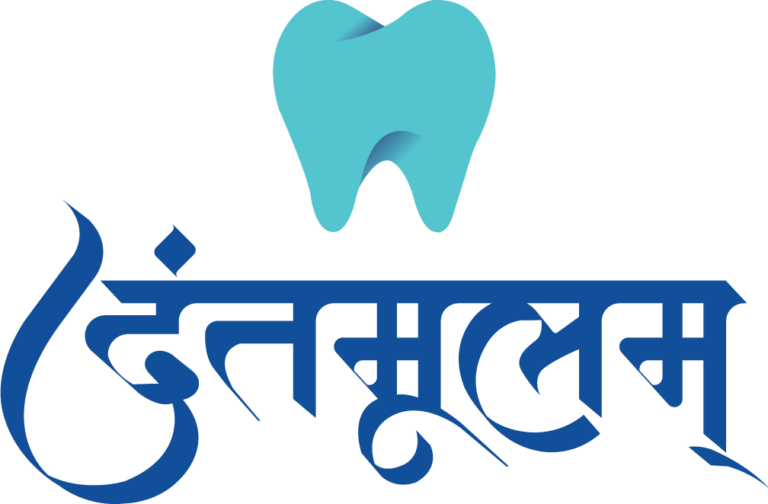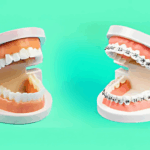
Teaching Oral Care to Kids: How to Get Started
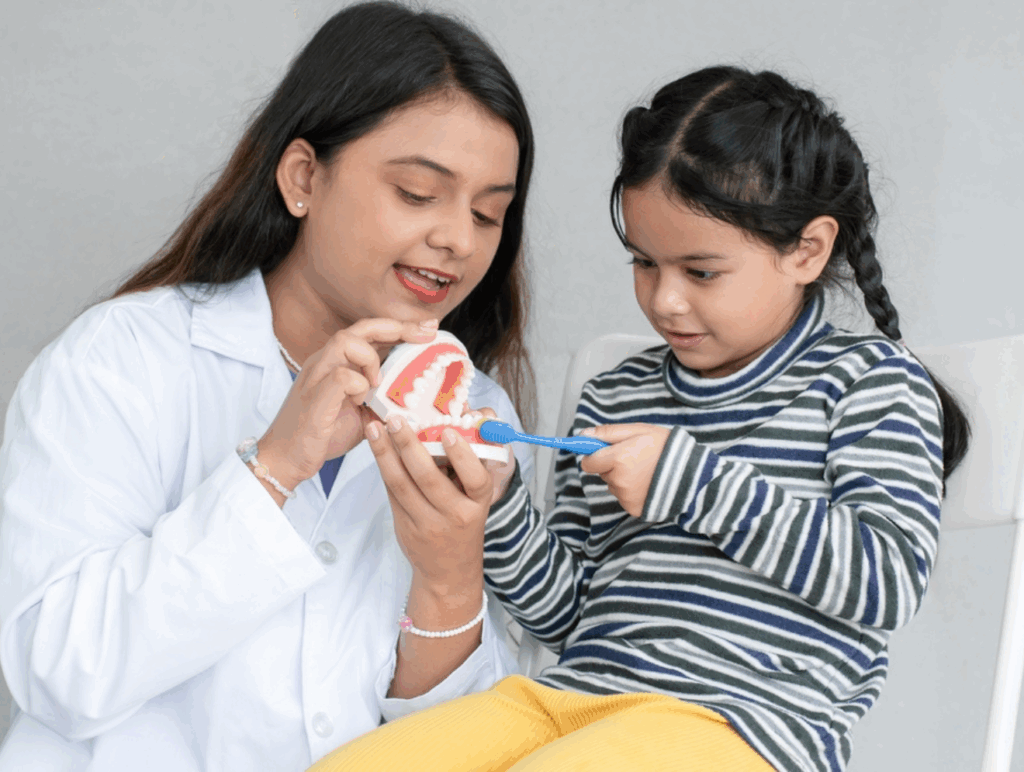
Teaching Oral Care to Kids
When your baby starts drooling more, chewing on everything in sight, and acting a little fussier than usual, chances are their first tooth is on the way. Most children begin teething between 6 months and 1 year of age.
But good oral hygiene doesn’t start with that first tooth—it starts even earlier. Establishing healthy habits early sets the foundation for a lifetime of strong teeth and healthy gums.
Let’s walk through the basics of oral care for every stage of childhood—from infancy to big kids.
Oral Hygiene for Infants
Even before teeth emerge, oral health matters. Infants can develop cavities as early as age 1, especially if bacteria in the mouth mix with sugars from milk or food. These bacteria create acid that wears away tooth enamel and can even affect your baby’s overall health.
Here are key habits to start early:
Don’t let your baby fall asleep with a bottle or sippy cup. Clean your baby’s gums and mouth with a clean, damp finger or soft cloth after feedings. Once teeth emerge, use a baby toothbrush with water or a smear of fluoride toothpaste (rice grain-sized). Visit the dentist by their first birthday or within six months of the first tooth.
And remember—your oral health affects your baby too. Avoid sharing utensils or blowing on food to reduce the transfer of bacteria.
Toothbrushing for Toddlers
Toddlers are curious and love to imitate. This is a great time to introduce proper brushing habits—even if you’re still doing most of the work.
Tips for toddler brushing success:
Let them explore the toothbrush—feel the bristles and hold it.
Use fluoride toothpaste: a rice-sized smear for under age 2; pea-sized for ages 2–5.
Brush in small circles, focusing on the gum line and each tooth surface.
Sit them in your lap or have them lean their head back for better access.
Brush twice a day, and help them rinse or wipe away excess toothpaste until they learn to spit.
Make it fun by brushing your own teeth with them and using songs or timers!
Brushing and Flossing for Preschoolers
By preschool age, most kids can brush and spit independently—but still need a parent’s help for a full clean.
At this stage:
Keep using a pea-sized amount of toothpaste.Start flossing once teeth touch each other.Continue brushing for them or supervise until they’ve mastered the skill (usually by age 6).Turn oral care into a game or use reward charts for motivation.
Oral Care for Big Kids (Ages 6+)
By age 6 or 7, most children can brush and rinse on their own—but supervision is still a good idea.
Key points for older kids:
Continue monitoring toothpaste usage—too much fluoride can cause staining.Teach proper flossing technique, or help them as needed.Consider adding mouthwash for extra protection (if they’re good at rinsing).Maintain dental checkups every six months.Ask your pediatric dentist about orthodontic evaluations for appliances like spacers, retainers, or expanders, which support healthy alignment and breathing.
Tips to Make Oral Care Fun and Effective
Let your child pick their toothbrush (characters, colors, lights—anything that excites them). Choose brushes with soft bristles and kid-friendly handles. Use kid-approved toothpaste flavors (mint isn’t for everyone—try strawberry or bubblegum!). Switch to floss picks or kid-friendly flossing tools. Replace toothbrushes every 3–4 months, or sooner if bristles are frayed. Avoid sticky, sugary foods that cling to teeth—especially before bed. Use songs, brushing apps, or timers to make brushing a daily routine.
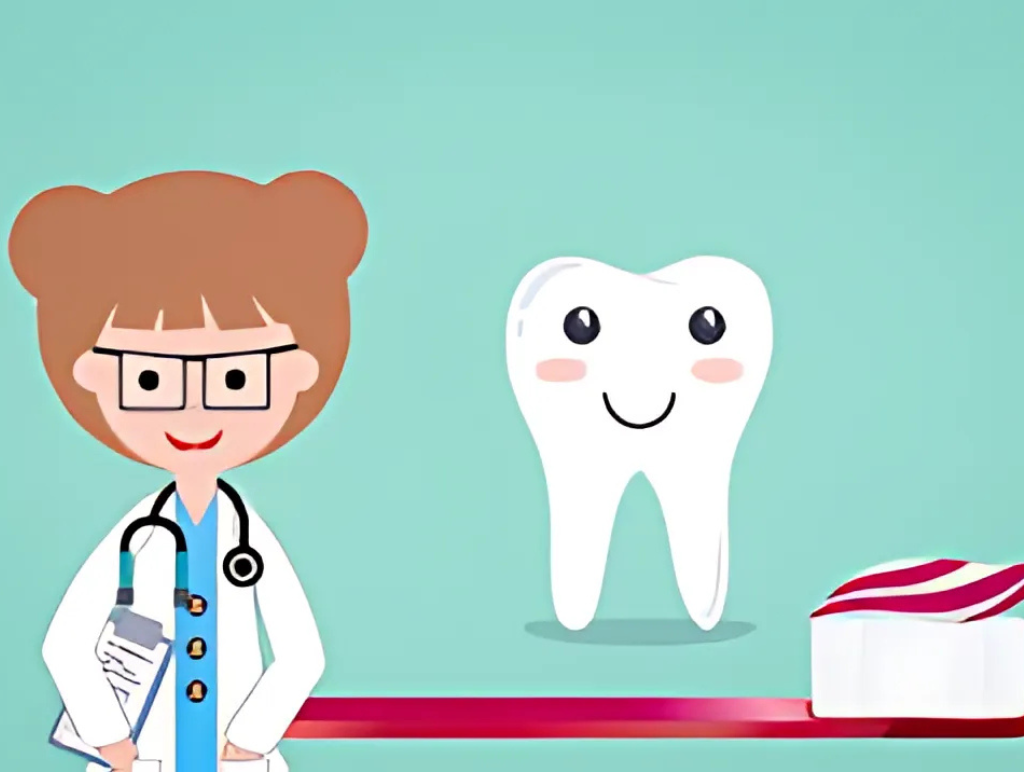
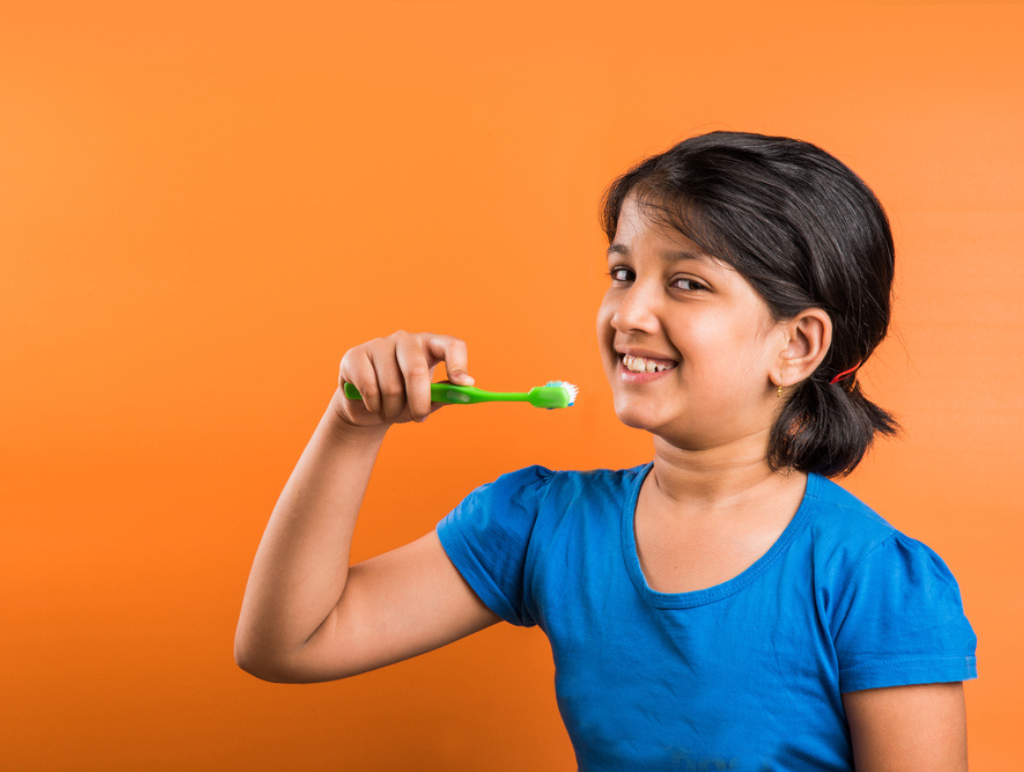
Categories
Recent Posts

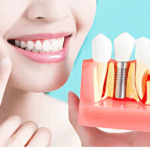

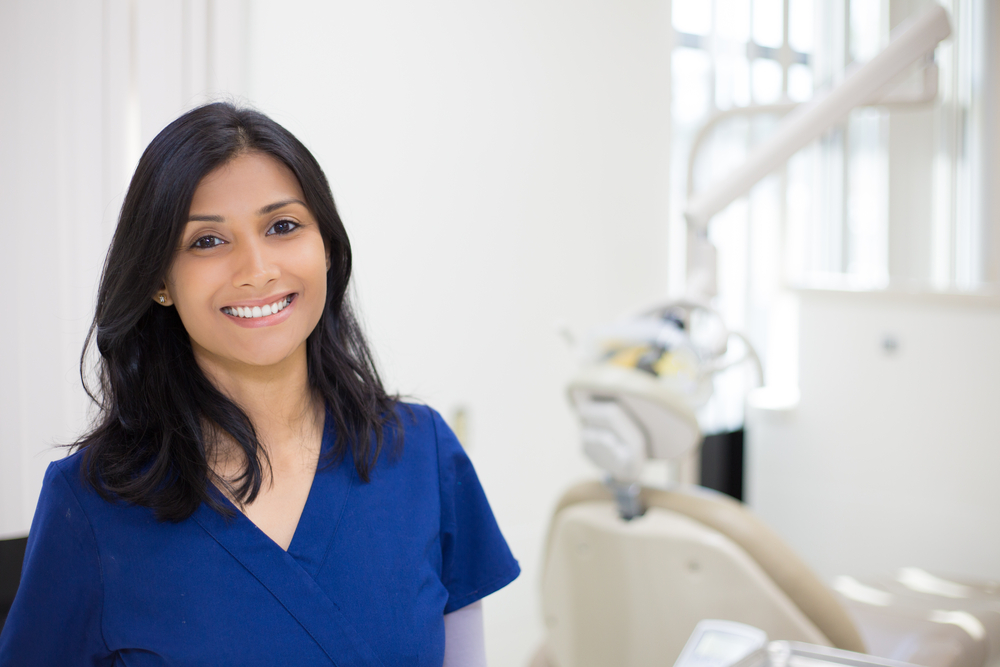
Book an appointment
+91 92112 67759
